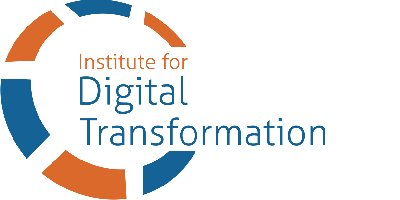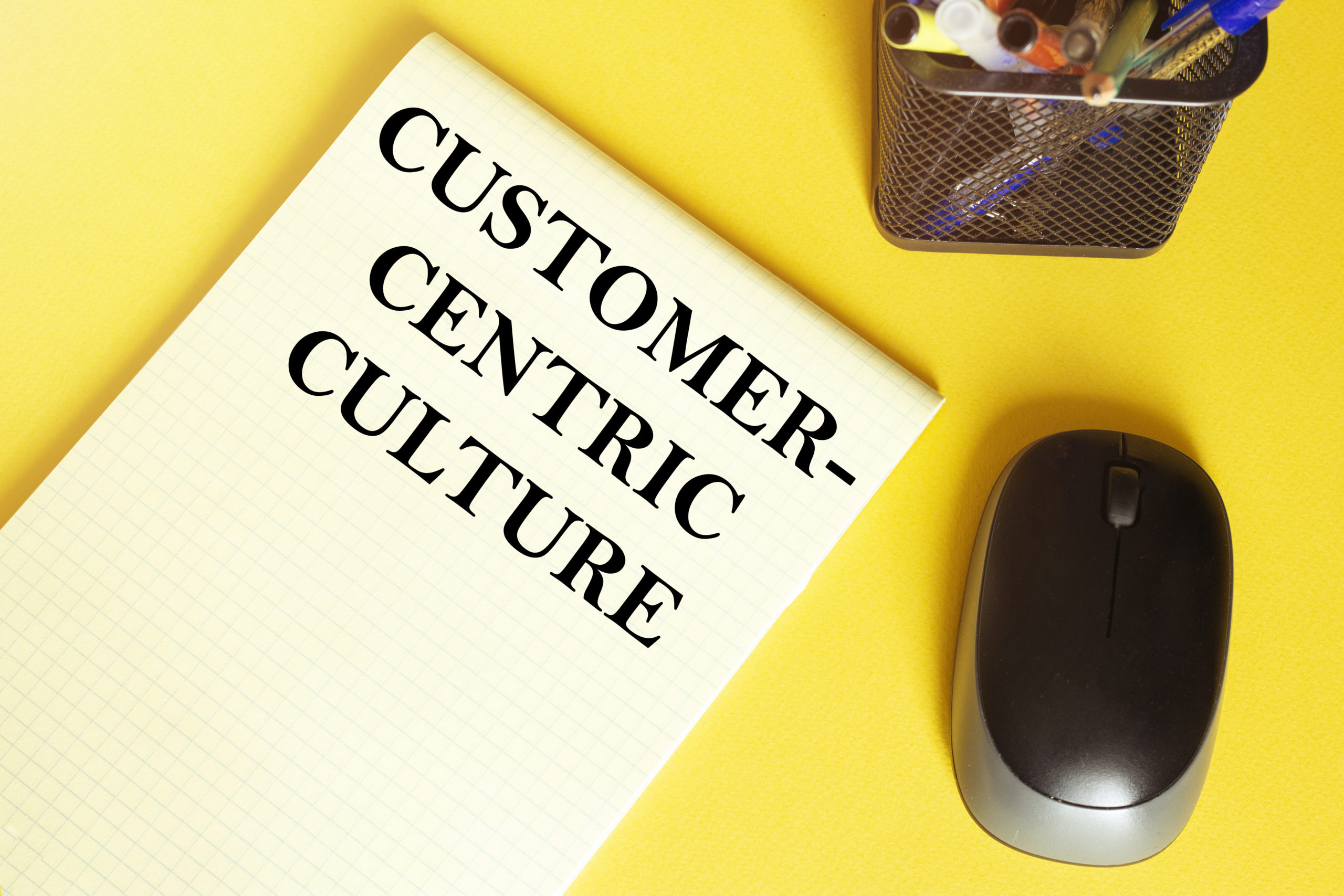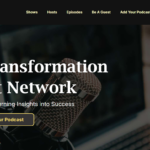A customer-centric culture doesn’t happen organically, it must be an intentional obsession from the top of the organization down. The benefits to the Board and enterprise as a whole are increased revenue and strong customer advocacy. The benefits to the customer is a great experience with your products and services and a path to gaining the success outcomes they in turn, are looking to achieve.
However, how do you weave a customer-first culture into every nook and cranny of your business, especially when it can be difficult to define concretely and even harder to keep in the forefront of all of the many priorities within the enterprise?
According to CX Networks1, “The task of being customer-centric can lose precedence in business when company leaders are distracted by other corporate priorities, be it cost reductions or product development.”2
Forward leaning organizations look to their Customer Success team to drive the customer-focused culture, but Customer Success can only go so far as to set the stage, mentor, and measure the process. Embedding a customer-centric culture into your organization’s natural fabric requires a structured program that incorporates every single employee, and the unrelenting commitment of leadership’s support.
Regardless of whether a staff member has direct, indirect, or absolutely no contact with the customer, their actions, ideas, processes, and most importantly, their individual goals need to tie to the cultural mission in some way.
Let’s put some parameters around the expected behaviors of an individual that manifests a customer-centric attitude:
- Knowledgeable about the customer’s business
- Listens-first, curious, and always seeking to understand
- Authentic, empathetic, but fact driven
- Confidence builder through problem ownership and pushing for resolution with urgency
- Communicative
- Transparent, accountable, and respectful
- Positive energy, passionate about business outcomes
Using these characteristics as foundational behaviors, you’re ready to get started on your cultural transformation. Here are some recommendations to consider:
- Executive leadership must be committed. The CEO and his or her direct leadership team have to be supporters. If not, do not pass go! Whether you are the CEO launching this initiative, a leader in the organization, or simply a champion in the ranks, you’ll have to figure out how to sell the entire executive team on the value of culture change and gain their commitment. Since a customer-centric culture is a proven revenue generator, this shouldn’t be too hard to do.
- Present the purpose. Now that executive leadership is behind you, it’s time to face everyone else in the organization. Explain the concept of a customer-centric culture, show the value that the cultural transformation will bring to the organization, show how employees will benefit, share how it will be measured, and make sure the program plan is communicated. An all-company meeting is a great place to set the stage.
- Meet with each department leader. Leadership at all levels must embrace the program. A good way to get that result is to be a great listener! That’s right, after the concept has been presented, now it’s time to do some 1:1 with each department head. You’ll want to understand what leadership thinks about the transformation, as it will affect them and their staff directly and their feedback will help guide the initiative.
For example, ask what they think a customer-centric culture is (and isn’t), how they see value in it (or not), how they would envision their staff adjusting behaviors, and what effect, good or bad, these changes may have on their work processes. Use the behaviors noted above as your framework to gauge where each employee falls on the customer-centric v. non customer-centric scale.
If the leader is quickly on board, terrific! If negative concerns are raised, here’s the opportunity to discuss how those obstacles can be worked through. Be patient but positively persistent.
- Map the customer-centric characteristics to activities. Partnered with each department leader, take the characteristics noted above, and talk about how current work activities and processes support them today. Then identify those activities and processes that do not.
Create a documented map so that it is easy for everyone to see the alignment and the gaps. Not every activity will connect to the characteristics in the final state, and that’s okay. Help each leader discover a path to making changes to targeted activities or communications in each of their areas that will achieve a strong customer focus, which also makes sense for your organization. This takes work, but if the leader is onboard with the transformation (see step 3) he or she will eagerly put in the effort.
- Each employee must be invested. Although the cultural transformation purpose and plan may have been presented company-wide, you’ll have to repeat the message many times over. Next to leadership support, gaining commitment from each employee is critical. The transformation will potentially require each person to adjust their behaviors, work processes, and certainly communication style. This is not easy! But, if an employee understands how their actions contribute to the growth of the company, and they see how critical he or she is to this end goal, you’ll get them onboard.
Collaborate with the department leaders, and the individual employees, to define at least one goal for each staff member that ties directly to the customer-centric mission. The ideal way to do this is for the employee themselves to attempt to determine what that goal(s) needs to be so they have personal ownership.
- Measure the program. Giving each employee at least one goal will help provide tactical insight into the success of the program over time. Additionally though, add KPIs for each department unit to track what works and what doesn’t (and so the department leader can effectively adjust where needed). Ultimately, the success of the customer-centric cultural transformation will be measured by revenue growth of existing customers, the loyalty of customers to remain customers, and the advocacy and positive reputation the effort produces.
A customer-centric culture is necessary because it creates revenue growth. However, it is equally purposeful in creating delightful experiences for your customer that gives them successful outcomes. Winning organizations know that the value the customer sees in their organization will exponentially drive bottom line gains over time.
Who wouldn’t want to champion that!
1 https://www.cxnetwork.com/about-us
2 https://www.cxnetwork.com/cx-experience/reports/building-a-customer-first-culture
Tag/s:Customer Experience






Trackbacks/Pingbacks